Q10:
AS & A Level Biology - 9700 Paper 4 2021 Winter Zone 2
Questions:
10/10

Topic: CH14 - HOMEOSTASIS
Solution



PRACTISE
Similar Questions

LEARN
Concepts with Sparky

More Questions from this Topic
Theory
CH14 - HOMEOSTASIS
(a) In mammals, blood glucose concentration is maintained around a set point so that the mammal can function efficiently. This is an example of homeos...
2024
 Summer
Summer
 Summer
Summer
 5
5
Theory
CH14 - HOMEOSTASIS
(a) Blood glucose concentration is maintained around a set point by homeostasis. Explain the principles of homeostasis.[4]
(b) Glycogen phospho...
2024
 Winter
Winter
 Winter
Winter
 4
4
Theory
CH14 - HOMEOSTASIS
(a) Fig. 1.1 is a diagram of part of a Bowman's capsule and a glomerular capillary.
(i) Identify structures A and B.
(ii) The glomerular filtrate ...
2024
 Winter
Winter
 Winter
Winter
 5
5
Theory
CH14 - HOMEOSTASIS
(a) Fig. 1.1 is a diagram of a nephron.
Label Fig. 1.1 using:
• one labelling line and the letter A to identify a region that contains urine
...
2024
 Spring
Spring
 Spring
Spring
 4
4
Theory
CH14 - HOMEOSTASIS
Osmoregulation is the control of the water potential of body fluids such as blood.
(a) Osmoreceptors and antidiuretic hormone (ADH) have an important...
2024
 Summer
Summer
 Summer
Summer
 4
4
Theory
CH14 - HOMEOSTASIS
The mammalian kidney is responsible for:
• the excretion of urea
• osmoregulation (the homeostatic control of the water potential of the b...
2024
 Winter
Winter
 Winter
Winter
 7
7
Theory
CH14 - HOMEOSTASIS
The kidney is an important organ of homeostasis. One role of the kidney is osmoregulation.
(a) Fig. 5.1 is a photomicrograph of part of a kidne...
2023
 Summer
Summer
 Summer
Summer
 8
8
Theory
CH14 - HOMEOSTASIS
(a) Fig. 1.1 is a drawing of a longitudinal section (LS) of a human kidney.
Use the letters A, B, C and D in Fig. 1.1 to complete Table 1.1.
Each ...
2023
 Spring
Spring
 Spring
Spring
 3
3
Theory
CH14 - HOMEOSTASIS
Amino acids are the monomers that are used to produce proteins in organisms. Amino acids also have other, non-protein, roles in the body.
(a) Fig. 7....
2023
 Summer
Summer
 Summer
Summer
 5
5
Theory
CH14 - HOMEOSTASIS
(a) (i) When blood glucose concentration decreases, glucagon is released by the pancreas into the blood and is transported to the cells.
Fig. 6...
2023
 Winter
Winter
 Winter
Winter
 2
2
More Questions from year 2021
Theory
CH9 - GAS EXCHANGE AND SMOKING
(a) Fig. 1.1 is an image of a transverse section through the trachea of the gas exchange system.Write the names of structures X and Y on Fig. 1.1 in t...
2021
 Spring
Spring
 Spring
Spring
 5
5
Theory
CH2 - BIOLOGICAL MOLECULES
Starch molecules are the main storage molecules in many types of cereal grain, such as the grainof the barley plant.(a) When the seed inside a barley ...
2021
 Spring
Spring
 Spring
Spring
 3
3
Theory
CH11 - IMMUNITY
T-helper lymphocytes and Leydig cells are two types of mammalian cells. The main role of T-helper lymphocytes and Leydig cells is to synthesise and se...
2021
 Spring
Spring
 Spring
Spring
 3
3
Theory
CH8 - TRANSPORT IN MAMMALS
(a) Using a light microscope at a magnification of ×400, it is possible to identify different types of blood cell in prepared slides of mammalian blo...
2021
 Spring
Spring
 Spring
Spring
 3
3
Theory
CH5 - THE MITOTIC CELL CYCLE
Each meristem cell in a leaf bud is able to grow and divide by mitosis to produce two daughter cells that are genetically identical to each other and ...
2021
 Spring
Spring
 Spring
Spring
 3
3
Theory
CH10 - INFECTIOUS DISEASE
In March 2019, a tropical cyclone in the south-west Indian Ocean caused widespread flooding in a number of countries.The flooding and the damage cause...
2021
 Spring
Spring
 Spring
Spring
 3
3
Theory
CH17 - SELECTION AND EVOLUTION
(a) The European eel, Anguilla anguilla, is a fish. The sizes of eel populations tend to remain relatively stable despite eels producing large numbers...
2021
 Spring
Spring
 Spring
Spring
 3
3
Theory
CH18 - BIODIVERSITY, CLASSIFICATION AND CONSERVATION
(a) The grey wolf, *Canis lupus*, is a large predator. During the 20th century, the grey wolf in south-west Europe was hunted almost to extinction.Fig...
2021
 Spring
Spring
 Spring
Spring
 3
3
Theory
CH19 - GENETIC TECHNOLOGY
Vitamin A deficiency is a widespread public health problem.One source of vitamin A is carotene in the diet. Carotene can be converted to vitamin A in ...
2021
 Spring
Spring
 Spring
Spring
 2
2
Theory
CH13 - PHOTOSYNTHESIS
Red algae are multicellular photosynthetic prototists that contain phycoerythrin. Phycoerythrin is a photosynthetic pigment.
(a) Fig. 4.1 shows:
&bu...
2021
 Spring
Spring
 Spring
Spring
 9
9




 Share
Share




 Previous
Previous



